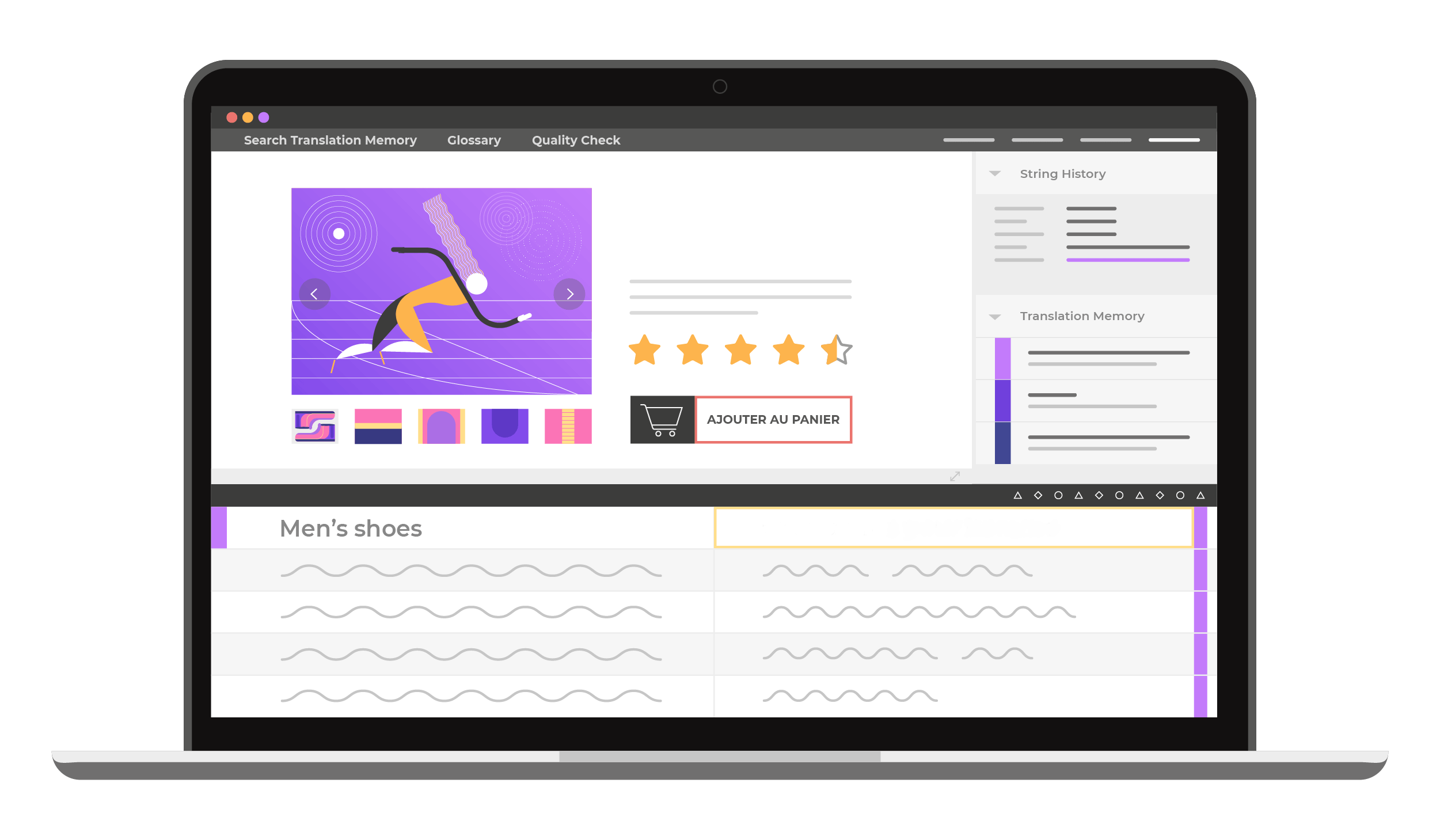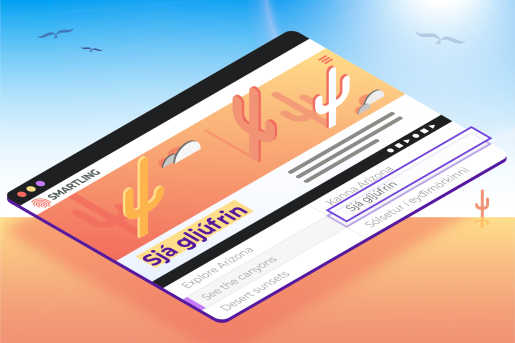Context, the larger picture that helps transmute an idea into a visceral understanding, can be defined as "a frame that surrounds an event and provides resources for its appropriate interpretation."
But it’s way more intricate than that!
Context gives an audience the ability to fully comprehend and assess the messages we send them and helps to shape how information is received💡
As an added complexity, context also illuminates just how deeply messages resonate and influence recipients - and to what extent. Our goal is to have a message resound, so we must set ourselves up for success.
We all rely on the use of context in our personal and professional lives, especially when creating content. We build context around our message to help express our ideas clearly. The same is true for translators working to convey an idea from one language into another. Context is especially useful when navigating the realm of professional translating.
Giving translators the tools they need in order to accurately and efficiently complete projects keeps down costs and saves everyone’s sanity.
Why Context in Translation Matters
Superior translation projects incorporate simple but effective tools like visual, linguistic, and situational context to supplement gaps in understanding from company to translator, and from translator to customer.
These tools help to prevent timesucks of seemingly endless email loops and meetings to clarify phrases and ideas so projects can move forward with accuracy.
By using these context cues to unlock spoken and unspoken meanings, we’re providing clearer direction to our audiences.
Aside from the critical importance of context, we need a variety - visual, linguistic, situational - to help further digest messaging and act as clues when translating messaging. Tack on clear language to support these messages and you are setting your company up for successful communication.
For example, think about translating the meaning of these words: hand, lift, run, cut, take.
If you don’t have some sort of context, you will be trying to unearth meaning from hundreds of potential definitions. Deciphering the overall message through the individual components like nouns, verbs and verb phrases, parts of speech and geographical context is a lot of heavy lifting. And that is a lot of time spent💸
To ensure top quality translations, you must align your translators and agencies and make context of all varieties available. This means with both technology and supporting resources.
Most Computer Assisted Translation tools (CAT tools) don’t offer the capability to assign context with written translation. But you know Smartling has your back on that front.
Different Types of Context for Translation
Context can be provided to translators in a variety of ways. Here are some common and powerful methods of offering translators a glimpse at the bigger picture.
Visual Context
Visual context accentuates depth to messaging by providing a visual accompaniment so everyone on your team (translators, editors, reviewers) can understand the message the source material is trying to convey and how it is to be used.
How to implement
Smartling’s sophisticated Visual Context pulls in a snapshot of the content that is being translated. So whether that's a webpage, or a mobile or desktop app, or maybe a project like an Adobe Illustrator file. Translators work inside a “what you see is what you get” editor, which provides a direct view of their work in real-time.
As the linguist works to translate strings in the CAT tool, the visual preview will automatically update with the translator’s inputs. Meaning, as they type their translation, they get to see it appear on the webpage live right away!

This live preview reduces the time spent on each project dramatically, removing the back and forth between translators and designers as they work together to fit all the text where it needs to be.
For example, a short word in English could be a massive word in German, and if that has to fit inside a button on your website, then either that button or the word choice will have to change! Visual context enables the translator to see this issue right away.
Potential Outcome
- Accelerates speed to market
- Reduces translation cost
- Improves translation quality
Linguistic Context
Linguistic assets like glossaries that house a company’s key terms, missions, demographics, localization strategies, and geographical focuses can help translators zero in on the right word choices to best serve clients.
Understanding how a word or phrase needs to be used in a narrative sense is no easy task.
Being able to derive meaning without relying on an individual translator’s assumptions (yikes!) is a smart step in the right direction of accurate and timely project turnaround.
How to implement
Work to create an internally-approved branded glossary to provide to your external team. The nuance of linguistics you can nail down out of the gate will propel your project in the right direction!
Smartling’s platform has capabilities to push your linguistic context to the next level. Just ask us :)
Potential outcome
- Aligns team on linguistic nuances
- Reduces turnaround time
- Eliminates guesswork
Situational Context
Knowing the how and the why of a message gives a much deeper sense of understanding to a consumer.
When a person receives a message, they can put themselves in a certain time, place, and situation and allow themselves to open up to receiving in a more meaningful way.
How to implement
Strategize a thorough description for your translator. Include subtleties such as weather, locale, humor, and social references. If you think a detail is too niche, include it anyway.
It's also important to include your translator in the conversation! Smartling translators are like your local experts, they understand the culture you are writing since they live there! This means their expertise can help provide additional situational context, tweaking the presentation of your message to better fit local culture and interests.
Brands should strive to collaborate with their translators, and Smartling makes that super easy.
Potential outcome
- Resonates with customer
- Gives fuller picture of offerings/messages
- Potential to understand more deeply
The Bottom Line
Context can make or break a project- it gives messages a home, an identity and clear descriptors.
Everyone on a team benefits from a buttoned up context plan (translators, editors, reviewers) and employing a plan from the start can save a lot of time, money, and energy.
Smarling has the tools within our program to help you align on consistent context that will result in quicker time to market, fewer dollars spent, and much sanity saved.
About Laura
Laura Wyant is a freelance digital strategist and writer/editor. She is currently working with start-ups, tech companies, and health and healing spaces. Laura has been contributing to the Smartling blog on topics around cloud translation, digital strategy, and overall creative translation process. When she isn’t working in media, she is working to educate herself on matters such as intersectional women’s health and advancements in technology.










